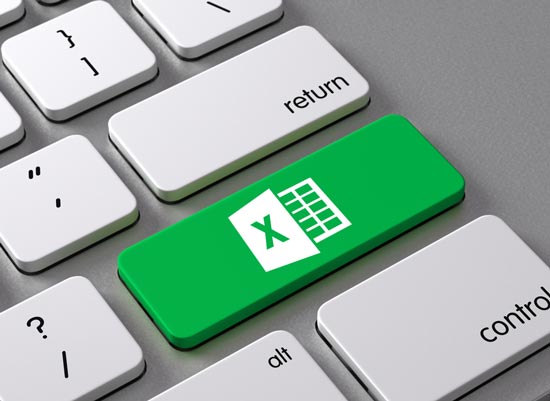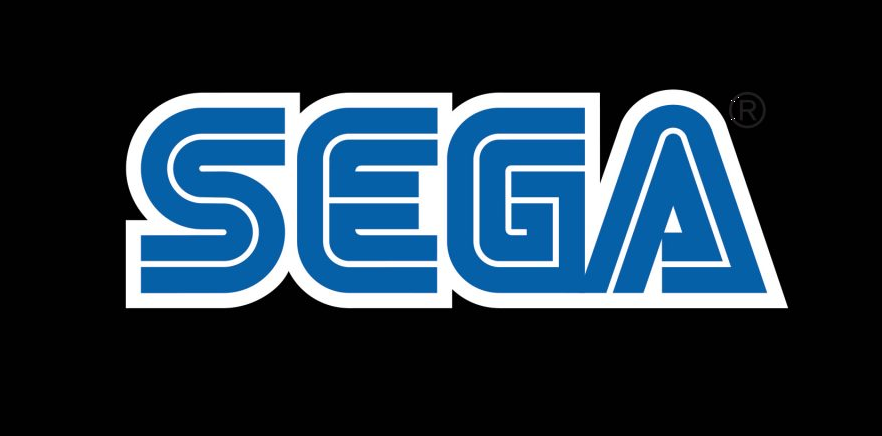
Ribbon Examples files and Tips
With the introduction of Excel 2016 on the Mac, Microsoft has started to adjust Mac shortcuts to be more aligned with Windows. As of February 2016, many Windows shortcuts can be used in Excel 2016/Office 365. For example, you can use fn + F4 to toggle between absolute and relative references, Control + Shift + L to toggle a filter on and off. Macro limits: Prior to Office 2016, you could build macros in Excel for Mac. The 2016 edition offers what Microsoft calls a 'simplified' Visual Basic Editor (VBE), which allows you to debug existing macros. But if you want to build new macros, you need to do that on the Windows side or use an earlier Mac version.
Important : Follow the steps on the page first before you start with the examples and tips on this page : Change the Ribbon in Excel 2007 and up
Also check out the index page for Ribbon and QAT stuff : http://www.rondebruin.nl/win/section2.htm
Note: If you are a Excel 2016 for Mac user start here : Change the Ribbon in Mac Excel 2016 and up
Download RibbonX examples workbooks
You can download 8 Excel files here with basic RibbonX examples for Excel 2007 and up
Download Example Excel files Last Updated : 10-Jan-2017
1: Add custom group in built-in tab.xlsm
2: Custom tab for Favorite Groups and buttons.xlsm
3: Custom tab for your favorite macros part 1.xlsm
4: Custom tab for your favorite macros part 2.xlsm
5: Dictator(1).xlsm
6: Dictator(2) With_Custom_Tab.xlsm
7: Disable-Visible-Repurposing.xlsm
8: Office Button or Backstage.
When you create your menus with Application.CommandBars in Excel 97-2003 you have code to create the menu and delete the menu. In Excel 2007 and up when you use RibbonX to customize the Ribbon this is different, when you close or deactivate the workbook it will automatic remove your customizations.
The files in the download are working OK in Excel 2007 and up.
If you want to load different RibbonX for Excel 2007 and Excel 2010 and up see :Load different RibbonX when opening file in Excel 2007 or 2010 and up
Note: For example files for changing the Backstage(File) visit my Backstage page
Find the Control, Group and Tab names
You see in the RibbonX that I use for example idMso='VisualBasic' to point to a built-in control.But how do you find the names of the controls ?
Download this file from the Microsoft site: Office 2007: Lists of Control IDs
Download this file from the Microsoft site: Office 2010: Office Fluent User Interface Control Identifiers
Download this file from the Microsoft site: Office 2013: Office Fluent User Interface Control Identifiers
I create my own versions of the files for Excel above to make it easier.
Note: If you disable macros you can't use the files.
When I have time i create a version for Excel 2013
Download example files with every idMso in the Excel 2016 Ribbon (9-Jan-2017)
Tip: ContextMenu Add-in created for Office 2010 (seems to work OK in 2013 and 2016)
ContextMenus Add-In for Office 2010 : This Com add-in from Microsoft add the idMso name of the ContextMenu on the bottom of every Context menu(Right click menu's). This is a very easy way for developers to find the idMso of the menu so they can use it in the RibbonX. Note: Only In 2010-2016 you can change the ContextMenu's with RibbonX. The add-in also seems to work OK in 2013 and 2016. Download Microsoft ContextMenusaddin
See this example page : Customizing Context Menus in Microsoft Excel
Find the names of the button images
You can see in the RibbonX that I use imageMso='HappyFace' to use the built-in image I want. But how do you find the names of all the images?
Download this file from the Microsoft site Office 2007 : Icons Gallery
Download this file from the Microsoft site Office 2010 : Icons Gallery
As far as I know there is no Icons Gallery for Office 2013 and 2016.

Or try this two add-ins from Ken Puls and Jim Rech
Identifying your imageMso – Excel, Word & Powerpoint Add-in from Ken Puls, It’s labelled as 2007, but still works in 2010-2016, maybe it is safer to use the 2007 images so its backwards compatible.
Control Image Add-in for Excel 2007 and Excel 2010 but also working in 2013 and 2016 (made by Jim Rech). Jim's add-in displays the images on buttons in the Ribbon (by adding a new tab), he has tried to remove most or all duplicate images and, in the case of Excel 2007, added a few images not in the MS list.
Download it from my site : File date (18-Nov-2015)
Edit the Ribbon with a Add-in
Try this Add-in : RibbonX Visual Designer Add-in (made by Andy Pope)
http://www.andypope.info/vba/ribboneditor.htm
Hide/Show the Ribbon/QAT with VBA
You can use this VBA example posted by Jim Rech to Hide/Show the whole Ribbon and the QAT.
Only in Excel 2010-2016 you can use this to hide the view of only the Ribbon
CommandBars.ExecuteMso 'MinimizeRibbon'
You can use a function to check the state of the Ribbon in 2007-2016
Hide the MRU('Most Recently Used') file list
Note: In Excel 2010-2016 it is no problem anymore to hide the MRU list, see my backstage page.
There is no built-in option to disable the MRU('Most Recently Used') file list in the Office button menu in 2007. Try this example file that create a new tab on the Ribbon and hide/disable a few controls with RibbonX and with VBA code from Jim Rech disable the MRU list.
Part from the comments in the code from Jim:
Because there is apparently no way to disable the MRU list on the Office Menu directly we clear it by setting Application.RecentFiles.Maximum to 0. Since this action clears the MRU list in the registry we first backup its contents to the registry as well as number of files the user is showing in it. We use the registry in case VB variables are cleared.
Download the example file
Examples for a dropdown in the Ribbon
You can download a zip file with two basic examples below.
